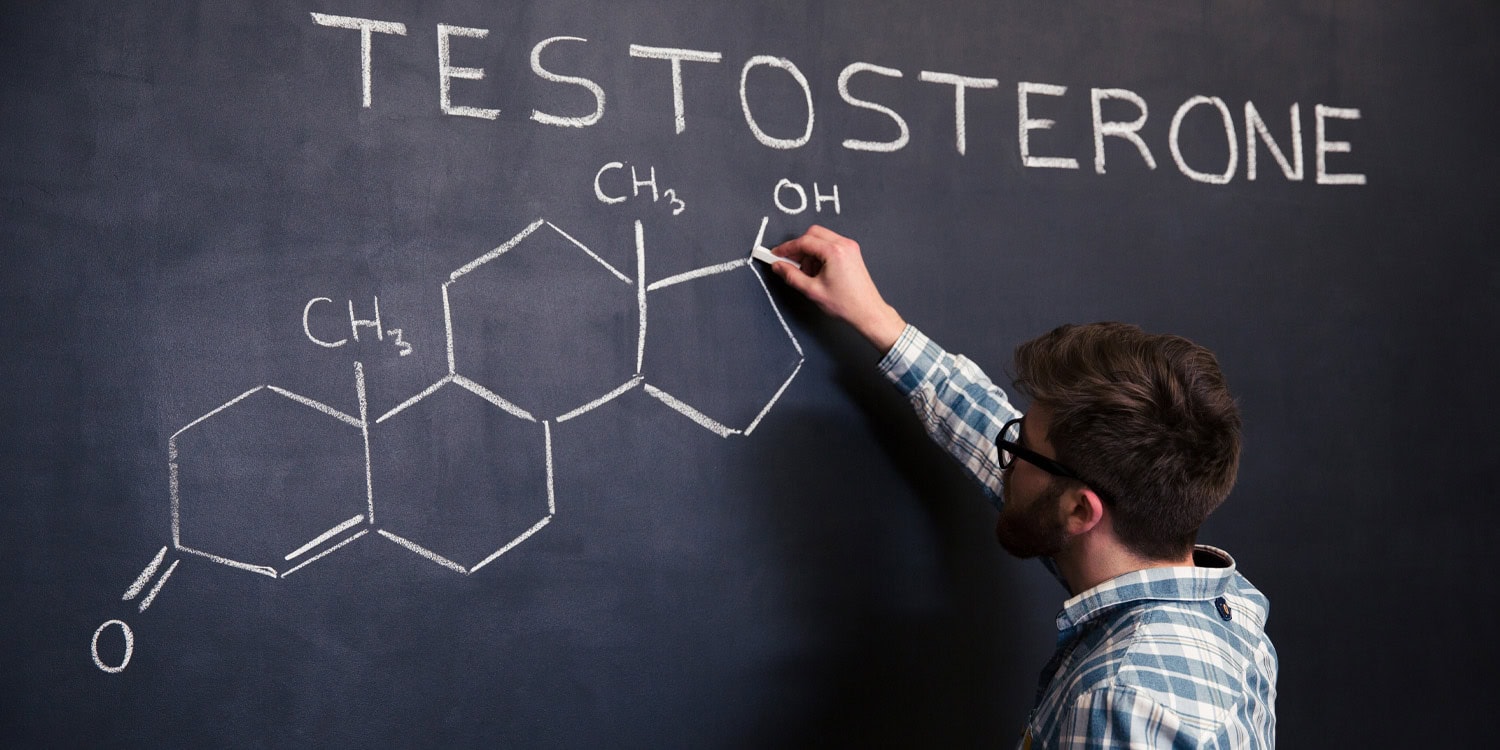Testosterone shifts how men learn to avoid personal harm
A single dose of testosterone can alter the fundamental learning processes men use to avoid harm, making them more sensitive to negative outcomes when their own well-being is on the line. The study, published in the journal Biological Psychology, reveals a nuanced role for the hormone, suggesting it fine-tunes self-preservation mechanisms, which in turn affects prosocial behavior.
Testosterone is associated with the pursuit of social status, but most studies have focused on behaviors related to acquiring rewards. Less understood is the hormone’s role in avoiding harm, a behavior that is equally significant for one’s standing in a group. Successfully avoiding harm to oneself signals strength and competence, while avoiding harm to others demonstrates moral character and builds a trustworthy reputation. Scientists hypothesized that testosterone might support both self-protective and prosocial harm avoidance, but that it might achieve this through distinct computational mechanisms in the brain.
To investigate this, the study team recruited 120 healthy male university students. In a double-blind procedure, participants were randomly assigned to receive either a single dose of testosterone gel or an identical-looking placebo gel applied to their shoulders. Three hours later, after the hormone had reached peak levels in the body, the participants began a learning task designed to measure how they learn to prevent harm to themselves and to a stranger.
In the task, participants repeatedly chose between two abstract symbols on a screen. One symbol had a high probability (75%) of avoiding a mild electric shock, while the other had a low probability (25%). In some blocks of trials, the potential shock was for the participant himself (the “Self” condition). In other blocks, the shock was for another participant, a confederate who they believed was in an adjacent room (the “Other” condition). Over 64 trials for each condition, participants had to learn through trial and error which symbol was the safer choice.
The researchers analyzed the results in two ways. First, they looked at the participants’ overall performance. They found that men in both the testosterone and placebo groups learned the task successfully. Participants generally made more correct choices for themselves than for others, but their learning curve was steeper when making decisions for another person, meaning they caught up more quickly. The testosterone group showed a small but distinct difference: the performance gap between making choices for themselves and for others persisted for more trials than it did in the placebo group.
To understand the learning processes behind these choices, the researchers used computational modeling. This approach, based on reinforcement learning theory, allows scientists to estimate the hidden mental variables that guide decisions. A key concept is the “prediction error,” which is the difference between an expected outcome and the actual outcome. Learning occurs when we use this error to update our expectations. The model estimated “learning rates,” which quantify how much weight a person gives to these prediction errors.
The researchers were particularly interested in whether learning rates differed for positive prediction errors (good news, like avoiding a shock) and negative prediction errors (bad news, like receiving a shock).
The modeling revealed that the most accurate description of participants’ behavior involved separate learning rates for good and bad news, and that these rates changed depending on who was at risk. In the placebo group, men showed a higher learning rate from negative outcomes when another person could be shocked, compared to when they themselves were at risk. This suggests a heightened sensitivity to causing harm to others.
The testosterone group, however, displayed a different pattern of learning. Specifically, when making decisions for themselves, men who received testosterone learned significantly more from negative outcomes and less from positive outcomes compared to the placebo group. Essentially, the hormone appeared to increase their sensitivity to the possibility of personal harm. When making choices for the other person, their learning rates were not significantly different from the placebo group.
The researchers also calculated a “prosocial learning index” by comparing the learning rate for others to the learning rate for self. This analysis showed that the testosterone group had a lower prosocial learning rate from negative outcomes compared to the placebo group. This change was not because they cared less about the other person; it was a consequence of their self-related learning from harm becoming so much stronger.
An additional finding involved trait anxiety. In the placebo group, men with higher anxiety learned more quickly from negative outcomes when another’s well-being was at stake, which aligns with the idea that anxiety increases sensitivity to threats. In the testosterone group, this relationship was reversed. Higher anxiety was associated with reduced learning from negative outcomes for others relative to oneself. This finding provides computational support for the idea that testosterone can have anxiety-reducing effects, altering how personality traits influence social decision-making.
The study does have some limitations that open paths for future inquiry. The research included only male participants, so the findings cannot be generalized to others. Replicating the results with a larger, preregistered study would increase confidence in the conclusions. Future experiments could also include a condition where participants believe their choices are being observed by others, which would provide a more direct test of the social status hypothesis in a harm-avoidance context.
The study, “Testosterone modulates harm-avoidance learning for the self and others through distinct computational mechanisms,” was authored by Shaoxiong Liu, Haohui Wang, Cheng-Ta Yang, and Honghong Tang.
